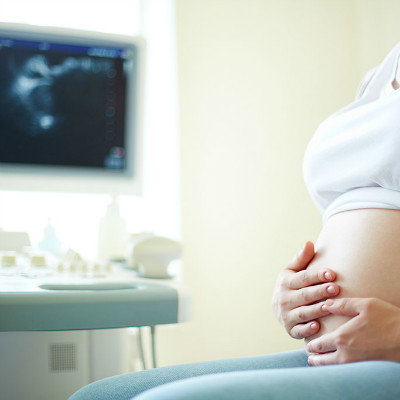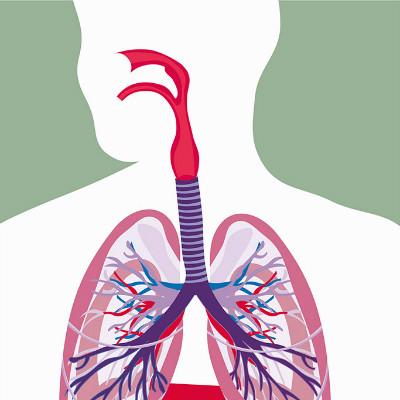What about oligohydramnios?
summary
Oligohydramnios in clinic refers to when the amount of amniotic fluid is less than 300 ml, it is called oligohydramnios, but in fact, whether vaginal delivery or cesarean delivery, it is difficult to accurately measure the total amount of amniotic fluid. In addition, oligohydramnios in early and middle pregnancy can lead to fetal malformation and eventually abortion. Early occurrence of oligohydramnios refers to the phenomenon of oligohydramnios in the second trimester of pregnancy and before the second trimester of pregnancy. How about oligohydramnios? Now let me tell you something.
What about oligohydramnios?
Fetal malformation is the most common cause of oligohydramnios. Such as fetal congenital renal defect, fetal renal dysplasia, polycystic kidney and urethral stricture. The above fetal malformations lead to the reduction of urine production and unable to produce, and the urine produced by the fetus can not be excreted, become anuria or oliguria, which will lead to the decline of amniotic fluid production, but the amniotic fluid must be absorbed normally, and finally lead to the mother's oligohydramnios.

Placental insufficiency can also lead to maternal oligohydramnios. Placenta is an organ for material exchange between the mother and the fetus, but the decrease of placenta function can lead to the decrease of fetal blood volume, which leads to the decrease of fetal renal blood supply, and finally leads to the decrease of fetal urine production. Thus, the amount of amniotic fluid produced by the mother decreases indirectly, and finally the amniotic fluid of the mother decreases.

The drug also affects the mother's amniotic fluid. Many drugs can cause maternal oligohydramnios. The common drugs are angiotensin converting enzyme inhibitors and non steroidal antipyretic analgesics. The main non steroidal antipyretic analgesics is indomethacin. Moreover, indomethacin can lead to the decrease of material circulation between uterus and placenta, the decrease of fetal blood volume and renal blood volume, resulting in the decrease of urine production, and finally lead to maternal oligohydramnios.

matters needing attention
Pregnant women from the 37th week of pregnancy, we must pay attention to often do B ultrasound, if found oligohydramnios can be admitted to hospital early. During the period of labor, oxygen therapy should be carried out. We must pay attention to the fetal heart sound and the changes of fetal heart rate. 2. Doctors should teach pregnant women self-monitoring and pay attention to fetal movement during pregnancy. 3. At the time of delivery should be ready for all the need to rescue items. 4. Pregnant women must be dried in time after delivery, and pay attention to keep warm.













